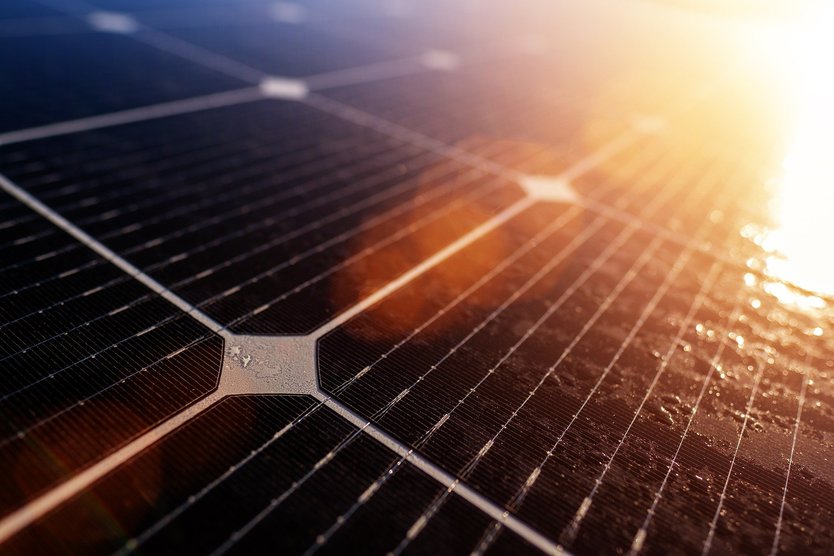
The Friedrich Alexander University of Erlangen-Nürnberg (FAU) explores the economic potential of using an ultra-high-resolution 3D printer to mass-produce solar cells that use alternative materials and nanostructures.
© Pixabay
Scientists are constantly searching for ways to improve solar cells – not only from an efficiency perspective but in terms of sustainability, production flexibility and cost. A team from the Friedrich Alexander University of Erlangen-Nürnberg (FAU) have received an ERC Proof of Concept grant to explore the economic potential of using an ultra-high-resolution 3D printer to mass-produce solar cells that use alternative materials and nanostructures.
Professor Bachmann and his team from the Chemistry of Thin Film Materials department are building on their previous research into the effects different geometric structures have on the efficiency of semiconductor materials. They developed a special technique called atomic-layer additive manufacturing (ALAM) for the purpose in collaboration with the Slovak Academy of Sciences, the Technical University of Denmark and the start-up Atlant 3D Nanosystems GmbH. The mould-breaking prototype printer is capable of depositing structures within an accuracy down to 0.0000001 millimetres.
Until now, solar cells made with alternative materials have proved less efficient than conventional silicon cells. Bachmann explains that this is down to the manufacturing process: structures have to be etched onto the surface of the cell by the removal of superfluous material. By contrast, using the ALAM process, the surface structure can be perfectly controlled at the nanoscale.
“Normal 3D printing revolutionised the process for manufacturing and developing prototypes in industry. The ALAM technique may trigger a similar revolution on the nano level,” says Bachmann in a press release. “It could allow many more economic players to manufacture parts and devices at the micro and nano levels independently.”
With the grant the team can explore the production of thin film solar cells that use innovative materials and structures, towards scaling up the technology.


